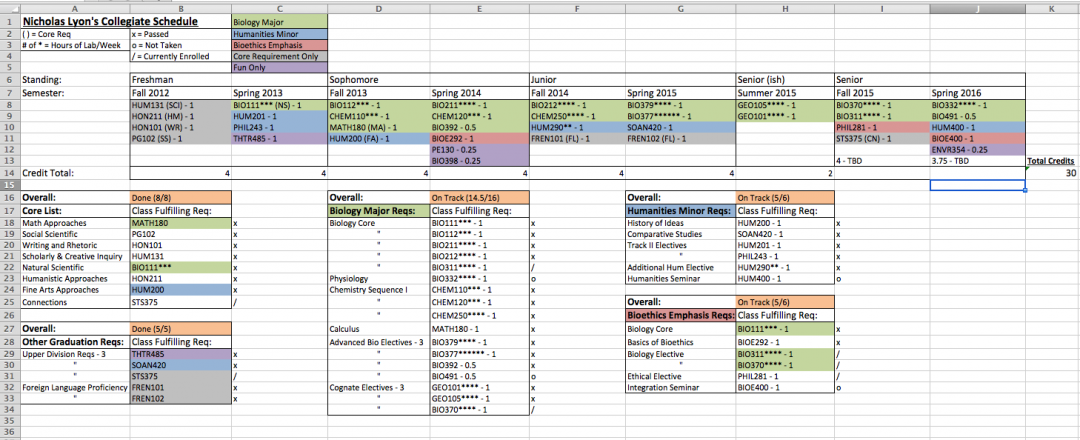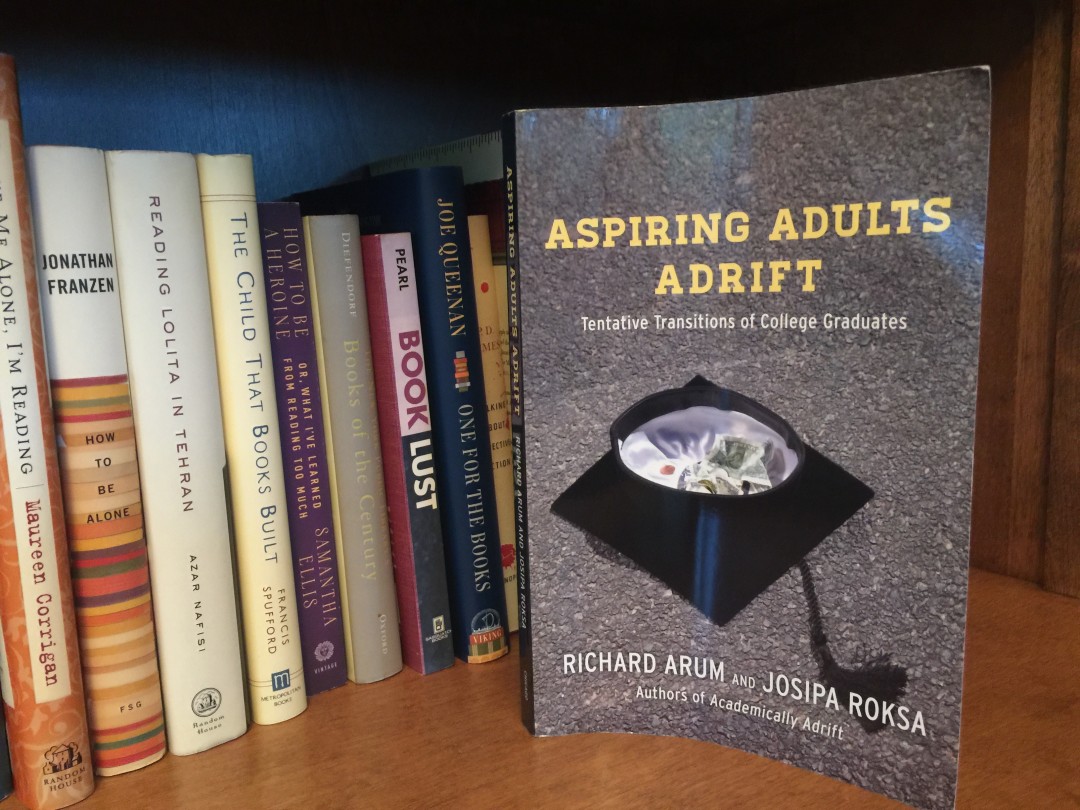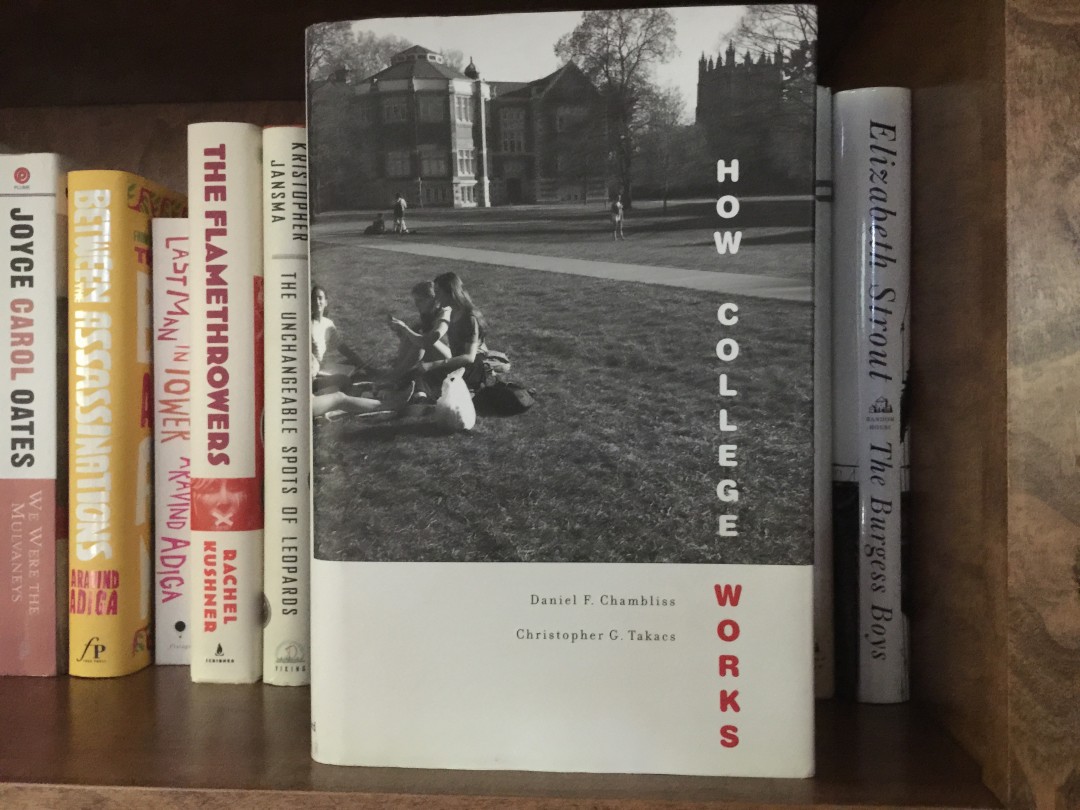This is the time of year when all the college acceptances start pouring in. You may spend April doing some final visits to figure out which school is right for you now. You may not know what you want to major in, but you likely have a couple of alternatives in mind. It’s not too soon to take a look at the classes your possible schools have and start roughing out a plan. (If you know which one you’re going to go to, you can get more detailed from the start.) This will make college a more valuable, productive experience, and any opportunity to practice this kind of planning will be critical to success in your career. Planning your classes yourself and continuing to rough out the plan as new information becomes available will help you graduate on time and save you a ton of money in the process. (The money aspect may make it tempting for parents to take over this spreadsheet, but if you are a parent who really must, at least use it in stealth mode, to prompt your student to double-check their facts. Land the helicopter and walk away.) It may also save you some false starts. For example, some science majors at some schools are not easily compatible with a semester abroad—taking a look now will help you pick the right school and go in to a chosen school aware from the start about any potential trade-offs between your interests.
By way of example, I thought I’d use one my sons’ college experience. To help you drill down into as much of the detail as you like, without my writing too much into the weeds, I’m linking extensively to the University of Puget Sound website throughout. His journey may be very different from what you imagine for yourself, but the twists and turns of his college career are probably far less than the average experience. The point of adolescence, college, and those first few jobs out of college is to help you figure out who you want to be and what you want to do, so you should expect you’ll need to adjust the grand plan constantly. (BTW, the same thing will be true of your career—see the animation in my last post.)
Luckily, my son, Nick, was willing to send me the College Schedule spreadsheet he showed me over the holidays and said I could share it. By way of background, Nick’s a senior at the University of Puget Sound, graduating this May (2016). He was admitted as a freshman with a Humanities minor and as part of the Honors program. Right off, getting accepted to both programs meant he had to take both program-specific freshman writing seminars (on his sheet these are the HUM classes in freshman semester, although they now have different SSI-1 designations in the link above). Our family thought that was a good thing, because while he was a strong writer and coming out of a large, well-regarded public high school, his classes typically had 30–40 students.









